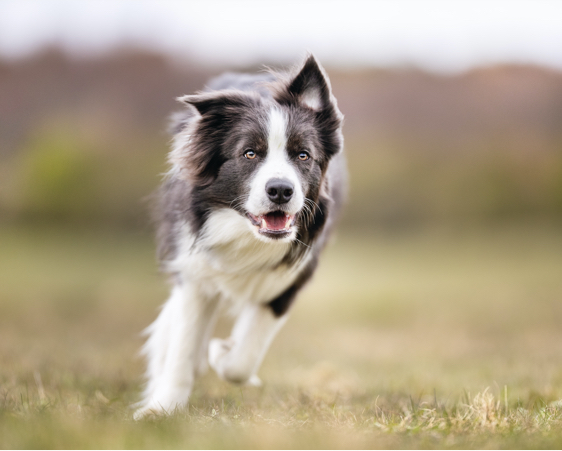Introduction:
As we journey through the annals of history, exploring the grandeur of ancient Rome, it’s fascinating to uncover the often overlooked yet essential role played by our four-legged friends – the dogs of ancient Rome. These canine companions were more than mere animals; they were integral members of Roman households, adding both utility and companionship to daily life. Let’s delve into the diverse roles and breeds that adorned the streets and homes of Rome, supported by historical sources.
The Versatility of Molossian Hounds:
At the heart of Rome’s canine legacy were the Molossian hounds, renowned for their strength and versatility. As documented by ancient Roman writers such as Virgil and Columella, Molossians were prized for their roles in hunting and guarding. The famous Roman poet Virgil, in his work “Georgics,” extolled the virtues of these powerful dogs in the context of agriculture, praising their ability to protect livestock from predators. Columella, a Roman agricultural writer, detailed the use of Molossians in guarding estates and homes in his treatise “De Re Rustica” (On Agriculture).
Laconian Dogs: Guardians of Strength and Loyalty:
Similar to the Molossian hounds, Laconian dogs were celebrated for their strength and loyalty. Historian and philosopher Plutarch, in his work “Parallel Lives,” compared the Laconian dog to the Molossian, emphasizing their robust nature. These dogs were not only hunting companions but also served as guardians, ensuring the safety of Roman households.
Swift Greyhounds in the Chase:
The pursuit of leisure and the thrill of the chase were integral to Roman culture, and dogs played a crucial role in these activities. While specific historical sources may not explicitly mention greyhounds, the appreciation for swift and agile dogs in hunting is evident in Roman art and literature. Mosaics from Pompeii, such as those found in the House of the Tragic Poet, depict scenes of hunting where dogs, likely including greyhounds, are shown participating in the pursuit of game.
Small Companions in Roman Homes:
Artistic representations from Pompeii provide glimpses into the lives of Romans with smaller canine companions. Though specific breeds are not detailed in historical records, the mosaics depict scenes of Romans enjoying the company of smaller dogs as affectionate companions. These dogs likely played a role in providing emotional support and camaraderie within Roman households.
Religious Significance: Dogs in Roman Rituals:
Dogs held a special place in the religious practices of ancient Rome. In the cult of Diana, the goddess of the hunt, dogs were considered sacred animals. The inclusion of dogs in rituals, as observed in various archaeological findings and documented by scholars like Mary Beard in her book “The Roman Triumph,” highlights the spiritual connection Romans believed existed between humans and their canine companions.
Conclusion:
As we unravel the tales of Canis Romanus, the dogs of ancient Rome, historical sources offer valuable insights into the roles and relationships forged between humans and their canine companions. From the strength of Molossian hounds to the loyalty of Laconian dogs, the agility of greyhounds, and the affection of smaller companions, dogs were woven into the fabric of Roman society. These historical connections remind us that the bond between humans and dogs has deep roots, transcending time and civilizations. Canis Romanus, with its varied breeds and roles, left an enduring mark on the pages of history, reminding us of the timeless companionship shared between man and his loyal canine friend.
[Link 1]: Virgil’s “Georgics” [Link 2]: Columella’s “De Re Rustica” [Link 3]: Plutarch’s “Parallel Lives” [Link 4]: Mosaics from Pompeii [Link 5]: Mary Beard’s “The Roman Triumph”

